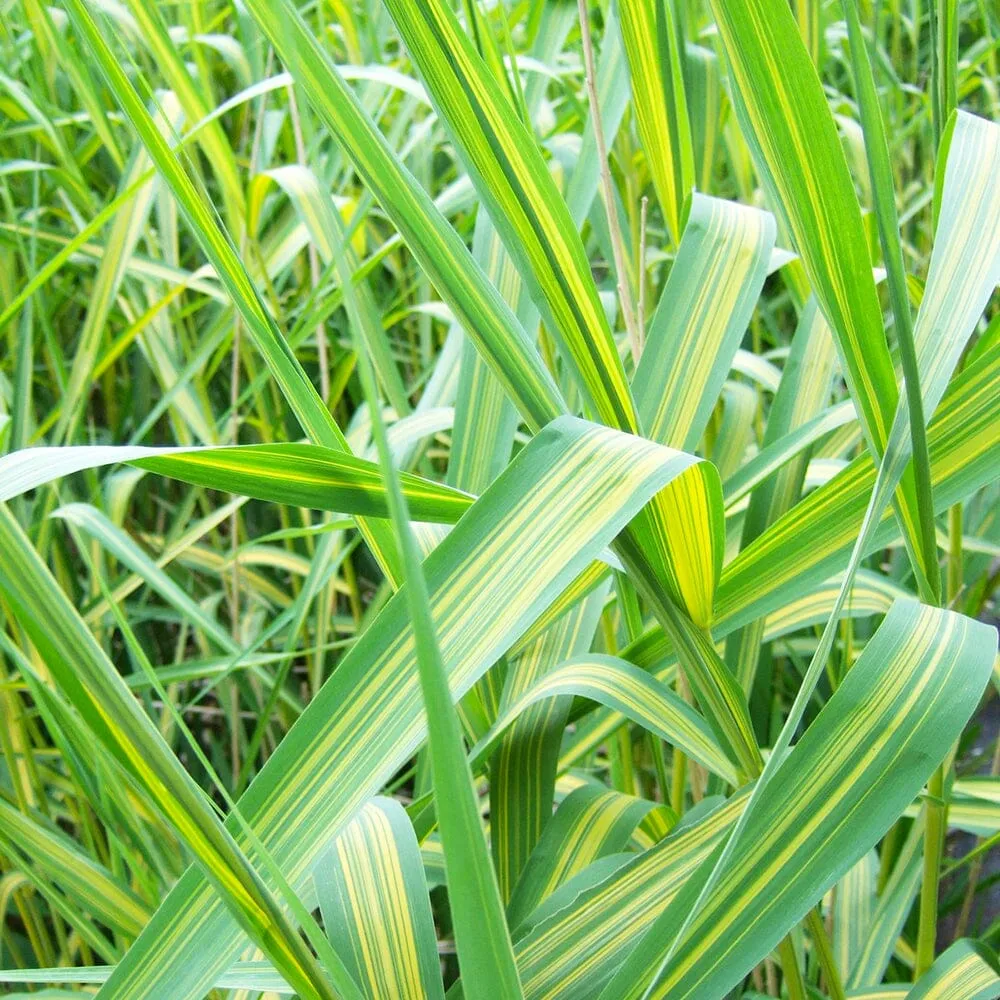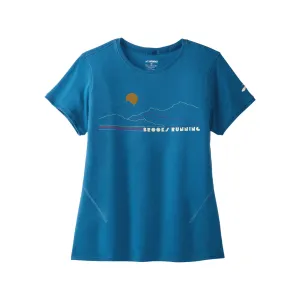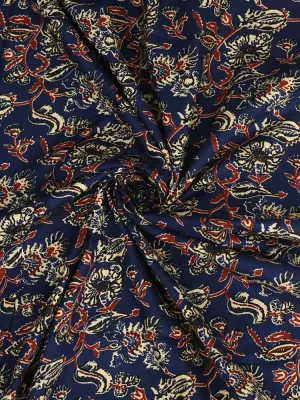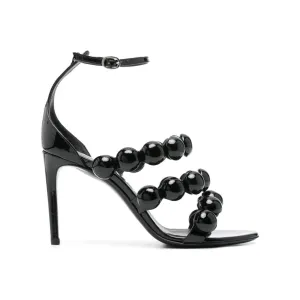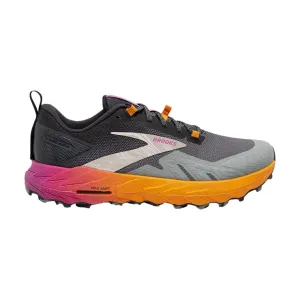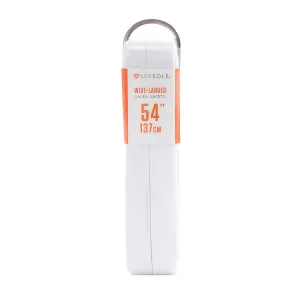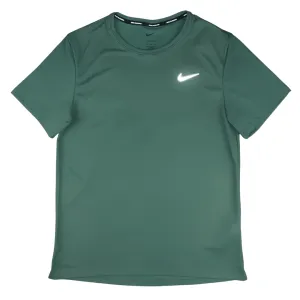Phragmites australis 'Variegatus', commonly known as Variegated Common Reed, is a striking perennial grass that features variegated foliage. It is a cultivar of the native Phragmites australis and is known for its attractive cream or white-striped leaves. Here's a detailed description and care guide for Phragmites australis 'Variegatus':
Description:
Phragmites australis 'Variegatus' forms tall, upright stems that can reach heights of 6 to 10 feet (1.8 to 3 meters) or more. The stems are thick and sturdy, with distinct nodes where the leaves emerge. The leaves are long and narrow, typically measuring about 1 inch (2.5 cm) in width. The variegated foliage is the standout feature of this cultivar, with cream or white stripes running along the length of the leaves, contrasting against the green background. In late summer to early fall, the grass produces feathery flower heads at the top of the stems, which can add additional visual interest to the plant.
Care Guide:
Lighting: Phragmites australis 'Variegatus' thrives in full sun to partial shade. It prefers a location with at least 4-6 hours of direct sunlight per day for optimal growth and variegation. However, it can tolerate some shade, particularly in hotter regions where partial shade can help protect the plant from intense sunlight.
Soil: Variegated Common Reed is adaptable to a wide range of soil types, including clay, loam, and sandy soil. It can tolerate both moist and well-draining soils. However, it prefers consistently moist soil conditions and is often found in wetland habitats. If growing in a garden, ensure the soil retains moisture but is not waterlogged.
Watering: Phragmites australis 'Variegatus' prefers consistently moist soil. Provide regular watering to keep the soil evenly moist. If growing in a garden, consider using a soaker hose or drip irrigation system to provide even moisture distribution. Avoid waterlogging, as it can lead to root rot.
Temperature: Variegated Common Reed is hardy in USDA hardiness zones 4-9. It can tolerate a range of temperatures, including both cool and warm climates. However, it may suffer some winter damage in colder regions. Provide protection from extreme temperature fluctuations, especially during winter months.
Fertilizer: Phragmites australis 'Variegatus' generally does not require heavy fertilization. However, you can provide a balanced, slow-release fertilizer in early spring to promote healthy growth. Follow the manufacturer's instructions for dosage and application methods. Avoid excessive fertilization, as it can lead to excessive vegetative growth.
Maintenance: Variegated Common Reed is a low-maintenance plant. Remove any dead or yellowing leaves to maintain a tidy appearance. It can be an aggressive spreader, so consider its potential invasiveness before planting it in a garden setting. Regularly monitor its growth and remove any unwanted spreading to contain it within boundaries.
Pests and Diseases: Phragmites australis 'Variegatus' is generally resistant to pests and diseases. However, it may occasionally attract aphids or grasshoppers. Monitor the plant for any signs of pest infestation and take appropriate measures if necessary. Good air circulation and avoiding overhead watering can help prevent leaf diseases.
By following these care guidelines, you can successfully grow Phragmites australis 'Variegatus' in suitable garden or wetland habitats. Adjust the care routine based on your specific growing conditions and monitor the plant for any signs of stress or unwanted spreading. With its striking variegated foliage, this cultivar adds visual interest and contrast to the landscape.

 Cart(
Cart(